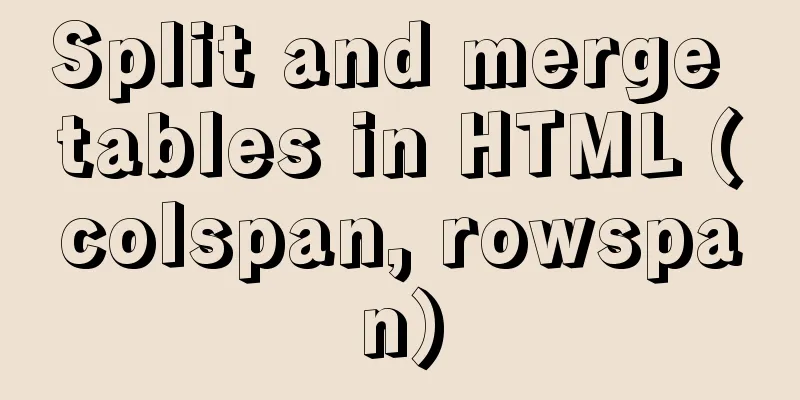A brief discussion on several advantages of Vue3

1. Source code1.1 Monorepo The source code management method is 1.2 TypeScript In the 2. Performance2.1 Optimize source code sizeThe source code volume was optimized mainly from two aspects: Remove some unpopular APIs, such as Reducing the API will inevitably reduce the code size, which is very easy to understand Introducing Application in Vue3: We are unlikely to use all 2.3 Proxy
Object.defineProperty(source, key, {
get(){
// todo...
},
set(){
// todo...
}
})
It has some flaws
p = new Proxy(source, {
get() {
// todo...
},
set() {
// todo...
}
})
2.4 Composition API This concludes this article on the advantages of Vue3. For more information about the advantages of Vue3, please search for previous articles on 123WORDPRESS.COM or continue to browse the following related articles. I hope you will support 123WORDPRESS.COM in the future! You may also be interested in:
|
<<: Use of MySQL DATE_FORMAT function
>>: English: A link tag will automatically complete href in IE
Recommend
Sample code for CSS dynamic loading bar effect
Using the knowledge of CSS variables, I will dire...
Why is IE6 used by the most people?
First and foremost, I am a web designer. To be mor...
mysql row column conversion sample code
1. Demand We have three tables. We need to classi...
jQuery implements time selector
This article example shares the specific code of ...
The difference between ${param} and #{param} in MySQL
The parameter passed by ${param} will be treated ...
What does it mean to add a question mark (?) after the CSS link address?
For example: <link rel="stylesheet" h...
React internationalization react-i18next detailed explanation
Introduction react-i18next is a powerful internat...
Solution to the problem of the entire page not being centered when using margin:0 auto in HTML
I wrote a jsp page today. I tried to adjust <di...
Front-end JavaScript housekeeper package.json
Table of contents 1. Required attributes 1. name ...
How to output Chinese characters in Linux kernel
You can easily input Chinese and get Chinese outp...
How to use IDEA to configure tomcat and create JSP files
Before using idea to write JSP files, you need to...
vue3.0+echarts realizes three-dimensional column chart
Preface: Vue3.0 implements echarts three-dimensio...
Detailed Linux installation tutorial
(Win7 system) VMware virtual machine installation...
Perfect solution to the problem that Navicat cannot connect after installing mysql in docker
1. Docker pulls the image docker pull mysql (pull...
Example of integrating Kafka with Nginx
background nginx-kafka-module is a plug-in for ng...









